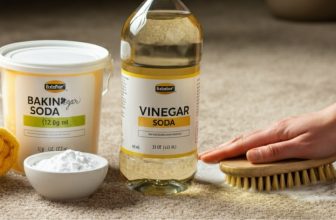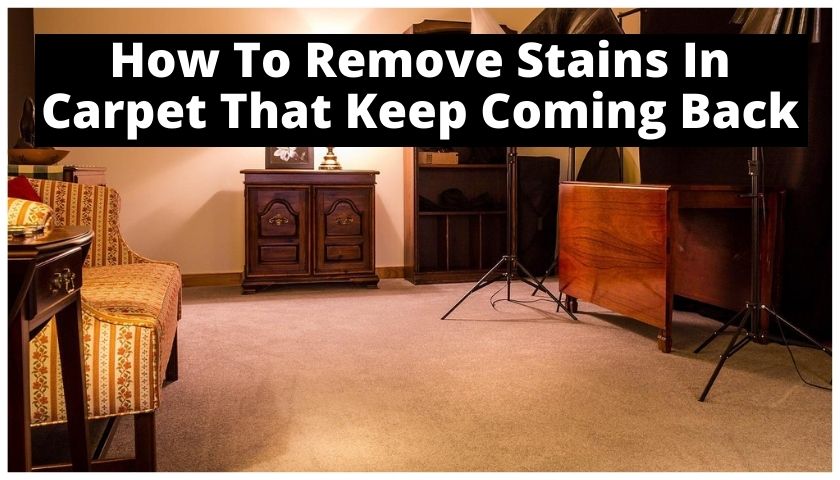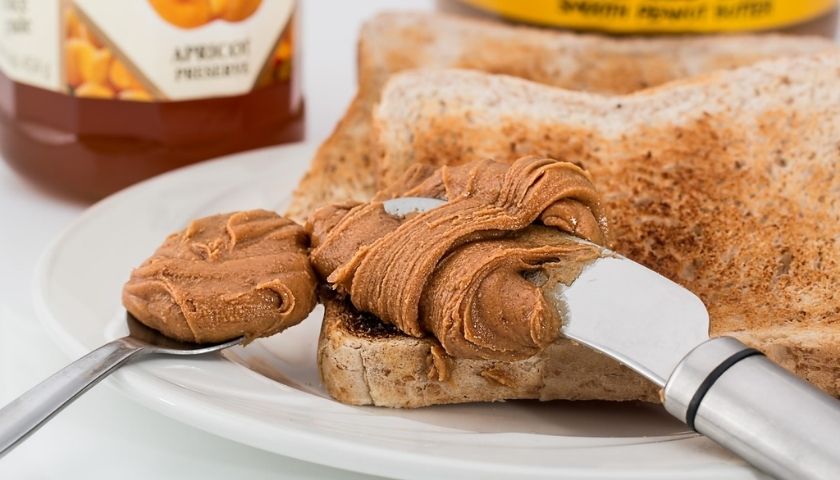How to Remove Orange Juice Stains from Carpets | Quick & Effective Methods
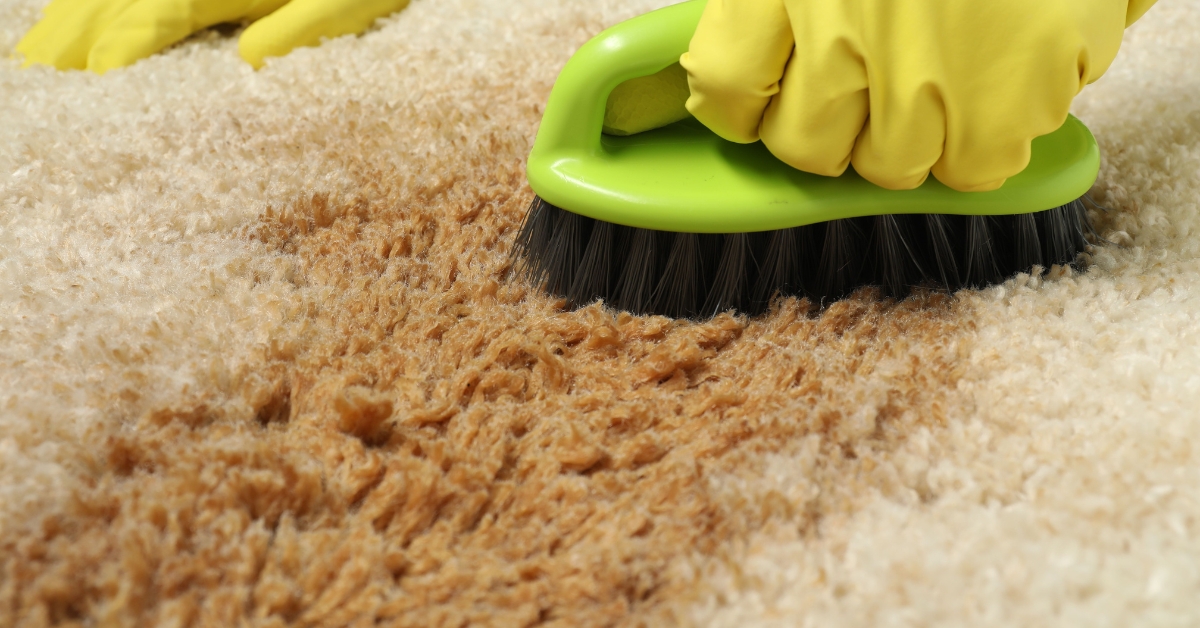
As an Amazon Associate I earn from qualifying purchases.
Orange juice spills on carpets can quickly become stubborn stains if not addressed promptly. The combination of natural pigments, citric acid, and sugar content makes orange juice particularly challenging to remove. The acid can act as a bleaching agent when exposed to sunlight, while the sugars create a sticky residue that attracts dirt.
This comprehensive guide will walk you through effective methods to tackle fresh and dried orange juice stains, using common household items you likely already have.
Contents
Why Orange Juice Stains Are Challenging
Before diving into removal methods, it’s essential to understand what makes orange juice stains particularly challenging to remove. Orange juice contains natural pigments that can quickly penetrate the fibers of carpets. The citric acid in orange juice can act as a mild bleaching agent when exposed to sunlight, potentially causing discoloration if left untreated.
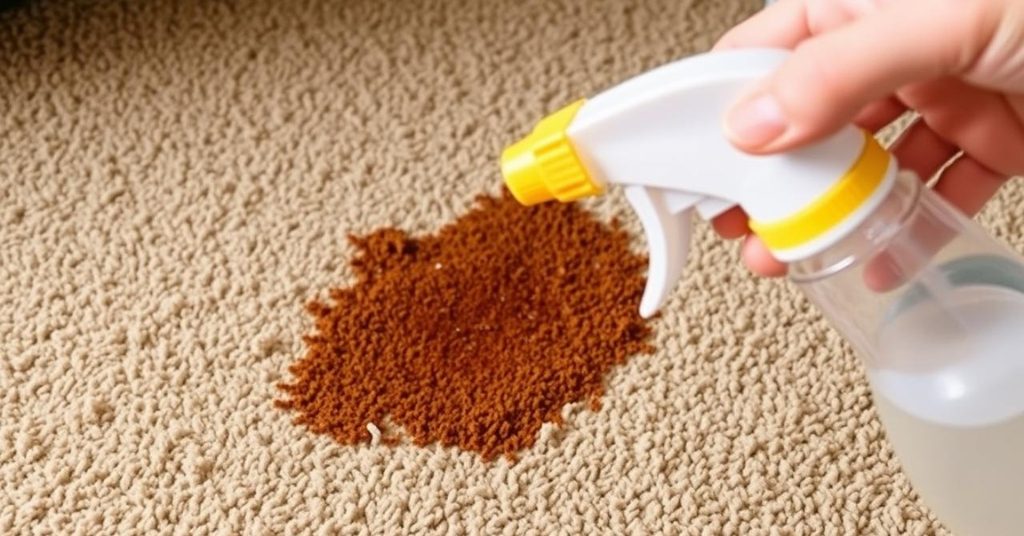
Additionally, the sugar content in orange juice creates a sticky residue that hardens over time and attracts dirt particles, making the stain appear worse. This combination of factors means that orange juice stains require prompt attention and proper cleaning techniques to prevent permanent damage to your carpet.
How to Remove Orange Juice Stains from Carpets
Orange juice spills may seem small at first, but if you don’t clean them quickly, they can turn into hard-to-remove stains. Follow these easy steps to remove both fresh and dried stains from your carpet using items you likely already have at home.
Materials Needed
- Clean white cloths or paper towels
- White vinegar
- Baking soda
- Mild dish soap
- Cold water
- Spray bottle
- Soft-bristled brush
- Ammonia (for stubborn stains)
- Hydrogen peroxide (3%)
- Commercial carpet stain remover
- Vacuum cleaner
- Bowl for mixing solutions
Method 1: Removing Fresh Orange Juice Stains
When dealing with a fresh orange juice spill, quick action is crucial. The sooner you address the stain, the better your chances of complete removal. Follow these steps for the best results:
Step 1: Blot the Excess Liquid
Begin by blotting up as much of the orange juice as possible using clean white cloths or paper towels. Press down firmly but avoid rubbing, as this can push the stain deeper into the carpet fibers. Work from the outside of the stain toward the center to prevent spreading.
Step 2: Apply Cold Water
After blotting, spray a small amount of cold water onto the stained area. This helps dilute the remaining juice and makes it easier to remove. Avoid using warm or hot water, as heat can set the stain permanently.
Step 3: Create a Cleaning Solution
Mix one tablespoon of mild dish soap with two cups of cold water in a bowl. Stir gently to create a solution without excessive bubbles. Alternatively, you can use a mixture of one part white vinegar to two parts water for added cleaning power.
Step 4: Apply the Solution
Dip a clean cloth into your cleaning solution and gently dab it onto the stained area. Start from the edges and work your way toward the center. Be careful not to oversaturate the carpet, as excessive moisture can damage the backing and padding.
Step 5: Blot and Rinse
Continue blotting the stain with the solution until the orange juice begins to lift. Then, use a clean damp cloth with plain cold water to rinse the area and remove any soap residue. Blot dry with a fresh cloth or paper towel.
Method 2: Tackling Dried Orange Juice Stains
Dried orange juice stains require a more intensive approach. The sticky residue has had time to set into the carpet fibers, making it more challenging to remove. Here’s how to address older stains:
Step 1: Moisten the Stain
Begin by lightly moistening the dried stain with cold water. This helps to rehydrate the dried juice and makes it easier to lift from the carpet fibers. Use a spray bottle for controlled application.
Step 2: Apply Vinegar Solution
Create a solution of equal parts white vinegar and cold water. Apply this directly to the stain and let it sit for 5-10 minutes. The acidity of the vinegar helps break down the orange juice residue and neutralize the stain.
Step 3: Baking Soda Paste
For particularly stubborn dried stains, make a paste using baking soda and a small amount of water. Apply this paste to the stain and gently work it into the carpet fibers using a soft brush. Let it sit until completely dry, then vacuum thoroughly.
Step 4: Ammonia Solution (For Stubborn Stains)
If the stain persists, mix one tablespoon of ammonia with two cups of warm water. Test this solution on an inconspicuous area first, as ammonia can damage some carpet types. Apply to the stain, blot gently, and rinse with cold water. Make sure to ventilate the area well when using ammonia.
Step 5: Final Rinse and Dry
After treatment, rinse the area thoroughly with cold water and blot dry with clean towels. Place a stack of paper towels or a clean white cloth over the damp area and weigh it down with a heavy object. This helps absorb any remaining moisture and prevents the carpet from developing mildew.
Method 3: Using Commercial Stain Removers
When home remedies aren’t enough, commercial carpet stain removers can provide extra cleaning power. These products are specifically formulated to break down tough stains like orange juice.
Recommended Products
Enzyme-Based Cleaners
Products like Nature’s Miracle or Biokleen use natural enzymes to break down organic stains. These are particularly effective for fruit juice stains and are safe for most carpet types.
Oxygen-Based Cleaners
Products containing sodium percarbonate (like OxiClean) release oxygen when mixed with water, helping to lift and remove stains without harsh chemicals.
Application Tips
- Always test commercial products on an inconspicuous area first
- Follow the manufacturer’s instructions precisely
- Don’t oversaturate the carpet with product
- Allow the recommended dwell time before blotting or rinsing
- Rinse thoroughly to remove all product residue
Prevention Tips to Avoid Future Stains
The best way to deal with orange juice stains is to prevent them from happening in the first place. Here are some practical tips to help protect your carpets:
Use Spill-Proof Containers
Invest in spill-proof cups, especially for children. These containers can significantly reduce the risk of accidental spills on your carpet.
Apply Carpet Protectant
Consider applying a carpet protectant spray that creates a barrier against liquid stains. These products make it easier to clean up spills before they set into the fibers.
Establish “No Juice” Zones
Designate certain areas of your home as “no juice” zones, particularly rooms with light-colored or expensive carpeting.
Common Mistakes to Avoid
When treating orange juice stains, certain mistakes can make the situation worse. Here’s what to avoid:
- Don’t use hot water, as it can set the stain permanently
- Avoid scrubbing vigorously, which can damage carpet fibers
- Don’t use colored clothes that might transfer dye to your carpet
- Avoid excessive moisture that can lead to mildew or carpet backing damage
- Don’t mix cleaning chemicals unless you’re certain they’re compatible
- Avoid walking on wet carpet, which can push stains deeper
Need More Carpet Cleaning Tips?
Looking for expert advice on keeping your carpets fresh, clean, and stain-free all year round? Check out our complete Carpet Cleaning Guide — packed with practical tips for every kind of mess.
When to Seek Professional Help
While most orange juice stains can be successfully treated at home, some situations call for professional carpet cleaning services:
- The stain has been present for several days or weeks
- DIY methods have been unsuccessful after multiple attempts
- The stain has affected a large area of the carpet
- You’re dealing with valuable or delicate carpet materials
- The orange juice has caused discoloration or bleaching
Conclusion
Orange juice stains on carpet don’t have to be permanent. With quick action and the right approach, you can effectively remove both fresh and dried orange juice stains from your carpet. Remember to always blot rather than scrub, use cold water instead of hot, and test any cleaning solution on an inconspicuous area first.
The key to successful stain removal is acting quickly. The longer an orange juice stain sits, the more difficult it becomes to remove completely. Keep these methods and tips handy for the next time you face an orange juice spill, and your carpet will thank you.
Frequently Asked Questions
Can orange juice permanently stain carpet?
If left untreated, orange juice can potentially cause permanent staining due to its natural pigments and acidic nature. The acid can bleach certain carpet fibers when exposed to sunlight, while the sugars can attract dirt and create discoloration over time. Prompt treatment is essential to prevent permanent damage.
How long should I let baking soda sit on an orange juice stain?
For best results, allow the baking soda paste to sit on the stain until it’s completely dry, typically 2-4 hours. This gives the baking soda enough time to absorb the stain and neutralize the acids in the orange juice. Once dry, vacuum thoroughly to remove all residue.
Can I use vinegar to remove orange juice stains from carpet?
Yes, a mix of white vinegar and water works well. It helps break down the sugar and pigment in the stain.
What’s the best home remedy for orange juice carpet stains?
Use a solution of warm water, dish soap, and white vinegar. Blot the stain gently—don’t rub—to lift it without spreading.
How do I remove a dried orange juice stain?
First, soften it with warm water. Then apply a vinegar or dish soap solution, blot gently, and rinse with clean water.
Will baking soda help with orange juice stains?
Yes, baking soda helps absorb moisture and odors. After applying a cleaning solution, sprinkle baking soda, let it dry, then vacuum.
As an Amazon Associate I earn from qualifying purchases.



